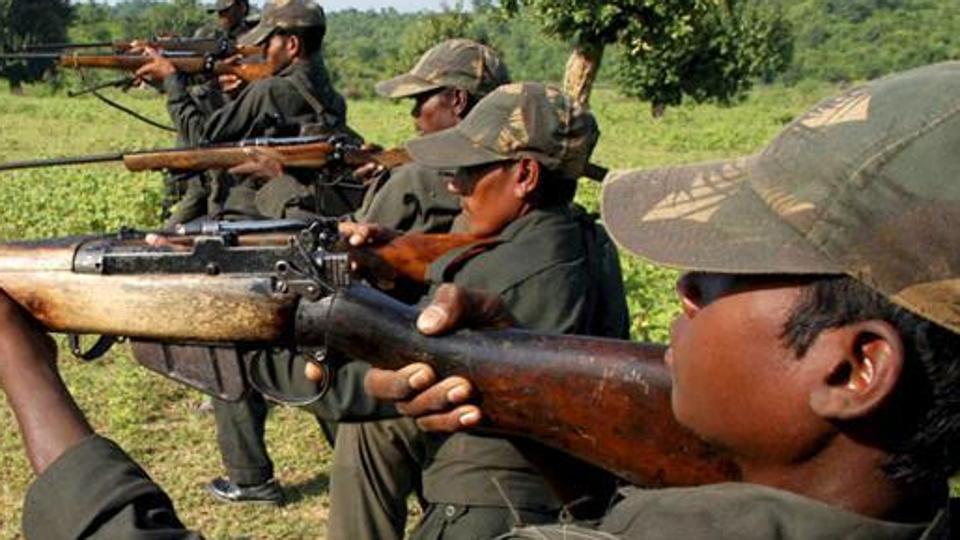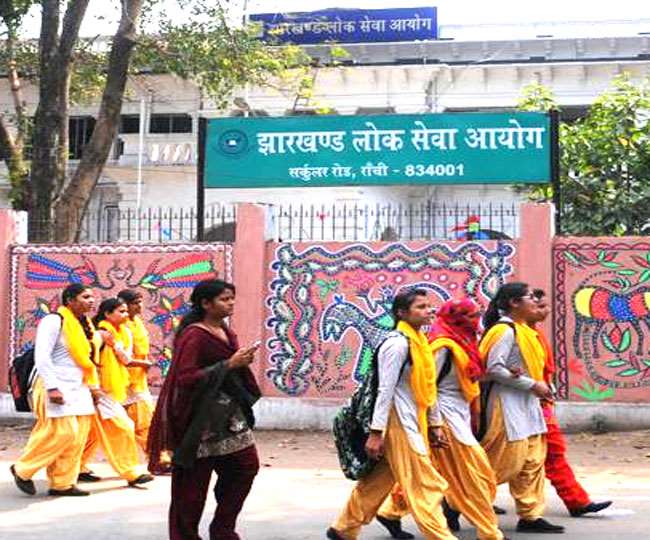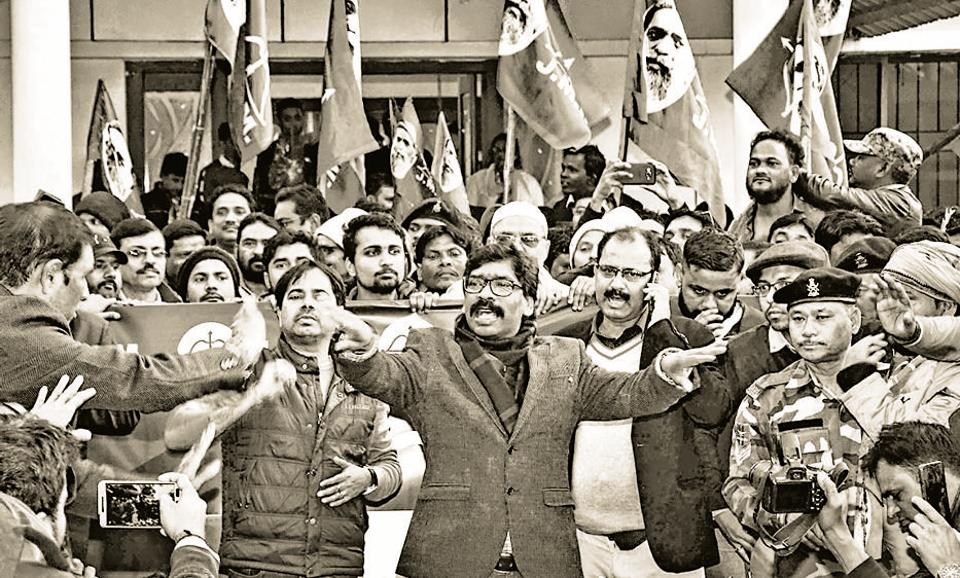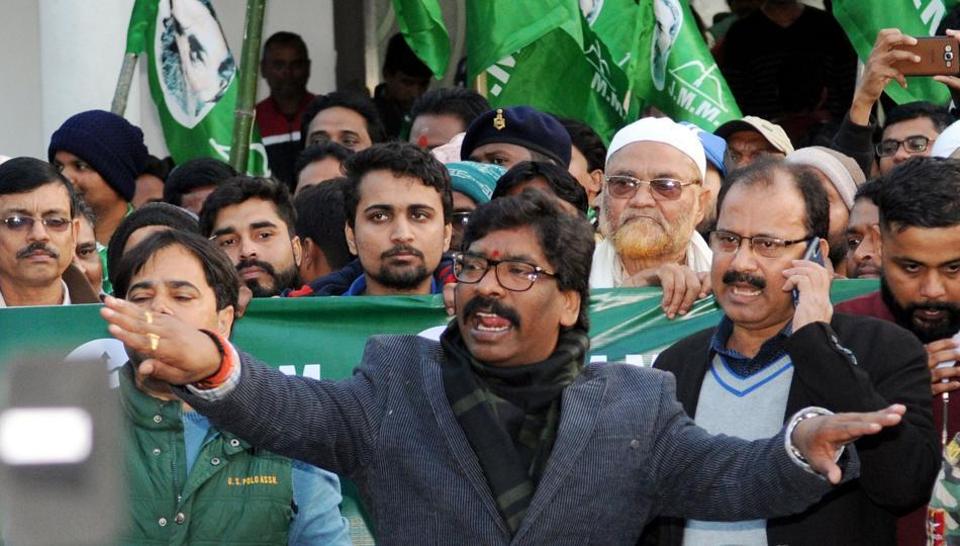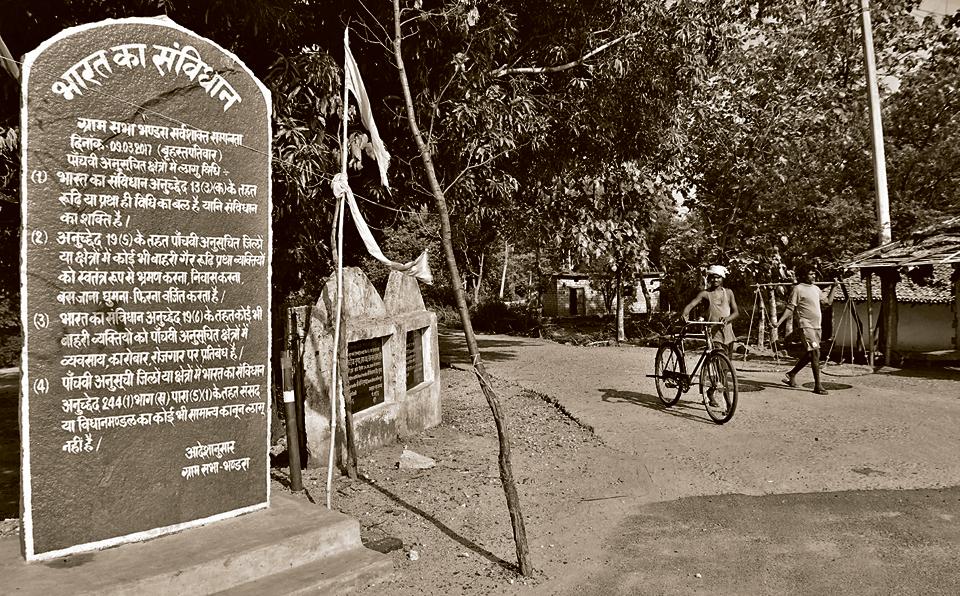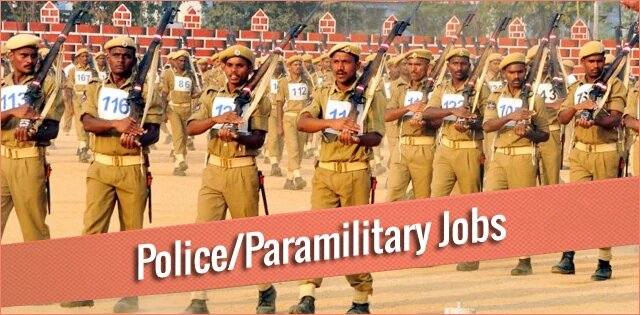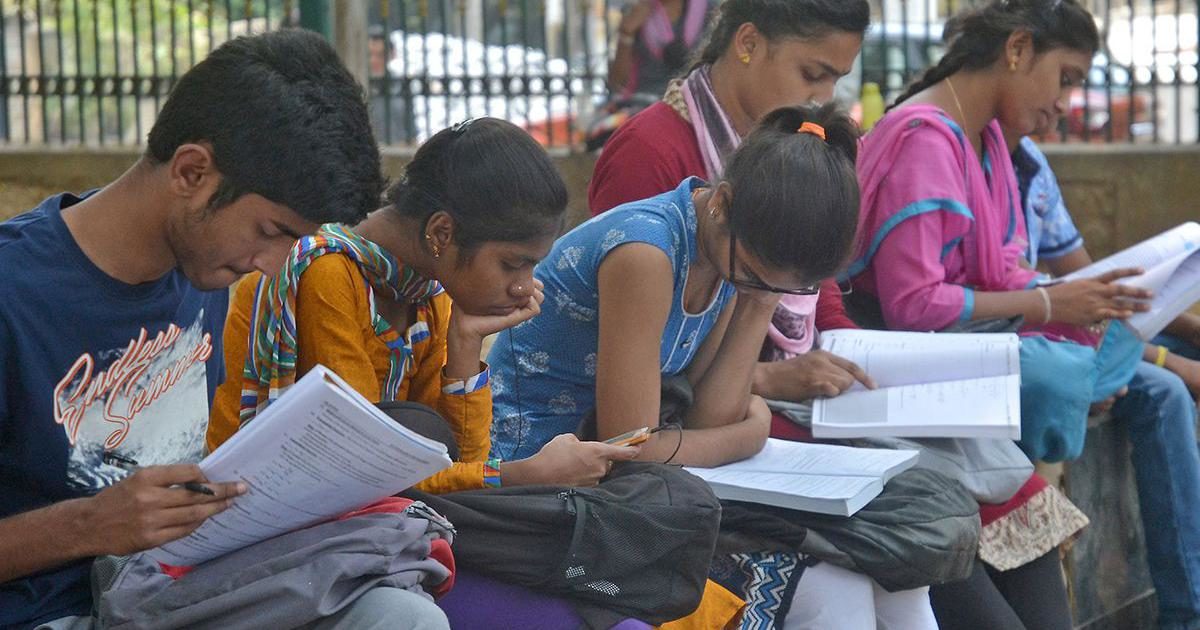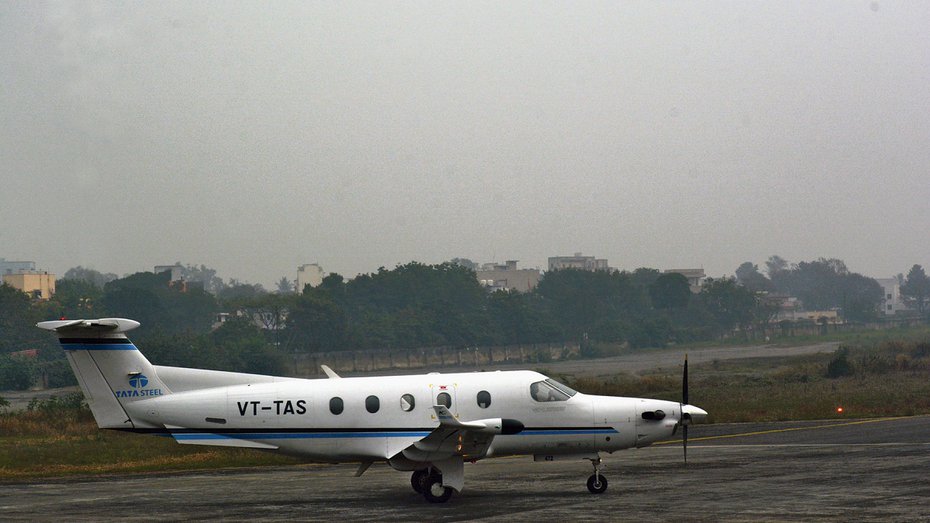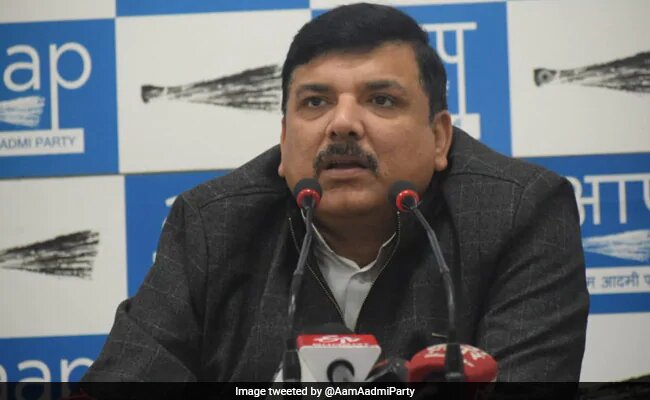Source – hindustantimes.com
The verdict for the Jharkhand assembly is, first and foremost, a verdict in favour of a new localism, and is a reflection of people’s voice overwhelming the arena of state elections in India.
One key issue, which helps frame the meaning of the verdict, is the struggle of adivasis against purported amendments to their land rights by the Raghubar Das-led Bharatiya Janata Party (BJP) government, with its acquisition deemed unjust in the name of intended development. At an even deeper level, the protest of poor people on this and other related issues of their rights as tribal citizens — specially through the pathalgadi movement— brings to fore their belief in the salience of the Constitution and voting or matdan as a preferred form of political change. At the very least, it is the “demand side” of politics, especially from the asymmetrically placed poor voter, powerless and vulnerable, that has overwhelmed and realigned the “supply side” on offer from political parties.
Conventional vectors used to understand Jharkhand fail to explain this new turn. For one, the verdict is not just about identities of the tribal, nor is it about the manipulation of patronage and money — for long considered the bane of Jharkhand politics. Nor are the outcomes simply a reflection of the overwhelming “arithmetic” of the coalition.
First the outcome itself: The formidable majority obtained by the pre-poll alliance of the Jharkhand Mukti Morcha (JMM), the Congress, and the Rashtriya Janata Dal (RJD), is a historic first for this alliance in general, and the JMM in particular. Since Jharkhand was formed in November 2000, following its bifurcation from the erstwhile larger state of Bihar, and since its first state election 2005, the 81-member assembly has always seen fragmented verdicts, with post-poll coalitions being stitched to form governments.
The BJP championed the struggle for the new state. But it has only ruled with the support of the JMM, and, subsequently, with the support of the All Jharkhand Students Union led by Sudesh Mahto, and by engineering defections from Jharkhand Vikas Morcha led by Babulal Marandi — an erstwhile BJP chief minister (CM).
In 2014, the BJP central leadership decided to appoint a non-tribal leader as CM in Raghubar Das. The understanding was that at just about 27% of the population, and with sub-tribal internal differences such as those between the Santhals, Mundas, and Oraons, the BJP could play a “caste plus tribe politics” of vote banks. This would include the Mahtos (17%) under the leadership of ally Sudesh Mahto, and forward castes and urban voters. It is noteworthy that in the 2019 Lok Sabha elections, as the Hindustan Times reported on November 2, the Narendra Modi-led BJP polled 70% of the Other Backward Classes (OBC) vote, 60% of the upper-caste vote, and 65% of the Hindu Scheduled Tribe votes.
In the state elections, however, this assumption of a fused tribe-caste vote bank in favour of the BJP proved erroneous. Tribal fears about dilution of the Chotanagpur Tenenacy Act (1908), and the Santhal Pargana Tenancy Act (1949) were rampant. The CM had, in the assembly, moved an amendment to the central land acquisition Act, such that the state government was no longer required to conduct social impact assessments, provide for schools, colleges; nor social security for the displaced.
On many occasions, paltry sums were given to the tribals in exchange for land. This stoked fears among the tribals. After all, Shibu Soren earned the name of being the “Dishom Guruji” for having struggled to free the tribal poor from the clutches of the money lender, and to get their land back. The pathalgadi movement, centred in Khoonti, was a movement in revolt. A constitutional protest, it sought to uphold the rights of tribals under Panchayat (Extension to Scheduled Areas) Act, and the role of gram sabha in prior consent to developmental schemes, and was an assertion of their human rights. Citizens cast these constitutional rights in stones, pathal, and erected these outside their village boundaries. The state government responded with force, and more than 10,000 FIRs were registered on protesting tribals. The JMM campaign was pitched primarily on the issue of land-rights of tribals. It also promised implementation of the recommendations of the Sachar Committee report, and reservations in jobs for locals in the private sector. An alliance of tribals, minorities, and the poor among caste Hindus coalesced on the ground to support the coalition that Hemant Soren will lead, reaping the legacy of his father.
For the BJP, the lessons are simple. For a party that had strong foundations in the Jharkhand area, and among the tribals, the unabashed adoption of developmentalism alienating tribal rights cannot be premised in majoritarianism or strong political backing of the Centre. The party needs to go back to the grassroots, where it has a base of work with the Vanvasi Kalyan Ashrams and other educational activities.
Many would like to see this as a return of the regional party politics, a victory of loose coalitions against a strong centre, a format prevalent since the 1990s. However, when one aligns oneself to the ground, listening to the voices of the poor, and adopts a lens of political geography that foregrounds the meaning of Jharkhand, it is clear that this is a massive mandate of the poor.
